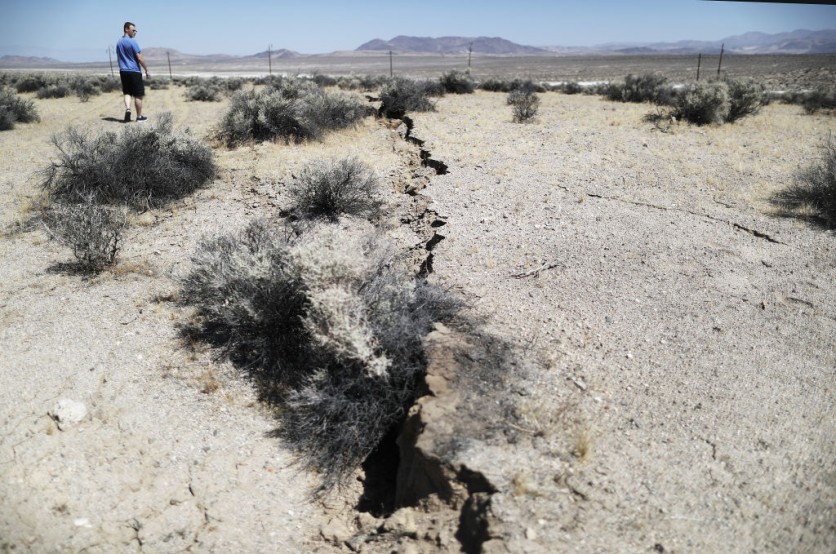GPS data analysis has brought to light a gradual and inconspicuous movement of tectonic plates, commencing two hours before an earthquake. However, detecting this phenomenon in advance would necessitate the use of more precise sensors.

Earthquake Prediction in Two Hours
A recent study suggests that scientists may have made a significant advancement in earthquake prediction. Through the analysis of GPS time-series data from nearly 100 major earthquakes worldwide, Interesting Engineering reported that researchers uncovered indications of a possible precursory phase that takes place approximately 2 hours before a seismic rupture.
University of California's Roland Bürgmann stated, "If it can be confirmed that earthquake nucleation often involves an hours-long precursory phase, and the means can be developed to reliably measure it, a precursor warning could be issued."
For a considerable time, predicting earthquakes has presented a formidable challenge. Short-term earthquake prediction endeavors to provide warnings from minutes to months before an earthquake occurs. These predictions rely on clear and observable geophysical precursor signals as their basis.
While there have been a few retrospective observations of different earthquake precursors in previous years, Bürgmann stated that the existing ones are not unique in character from similar things happening at other times compared to this process that he described as "promising."
Different Views Regarding Earthquake Predictions
For the past few years, there has been a shift in expert views regarding the existence of pre-earthquake seismic activity and whether earthquakes are inherently chaotic and unpredictable. However, Côte d'Azur University's Quentin Bletery and Jean-Mathieu Nocquet may have finally provided a resolution to this.
New Scientist reported that using GPS, the two have successfully detected a gradual and accelerating slip occurring between tectonic plates in the period leading up to an earthquake, with slips that are so subtle that they do not register on seismographs. If detected in time, they could serve as potential indicators for imminent earthquakes.
While similar approaches have been attempted in the past, Bletery explains that previous research only focused on a limited number of earthquakes and produced warning signs that were either observed when no earthquake followed or was observed with uncertain timing relative to the quake.
According to the two, this may offer a more reliable and precise method for predicting earthquakes, potentially leading to improved early warning systems and enhanced earthquake preparedness measures.
Despite these findings posted on EurekAlert, both stated that the existing earthquake monitoring instruments currently in use do not have the necessary coverage and accuracy to identify or monitor precursory slip at the level of individual earthquakes.
Bürgmann added, "Although the results of Bletery and Nocquet suggest that there may indeed be an hours-long precursory phase, it is not clear whether such slow-slip accelerations are distinctly associated with large earthquakes or whether they could ever be measured for individual events with the accuracy needed to provide a useful warning."
Related Article : NASA Sends Heartbeat-detecting FINDER to Help Turkey's Earthquake Recovery Efforts

ⓒ 2025 TECHTIMES.com All rights reserved. Do not reproduce without permission.




